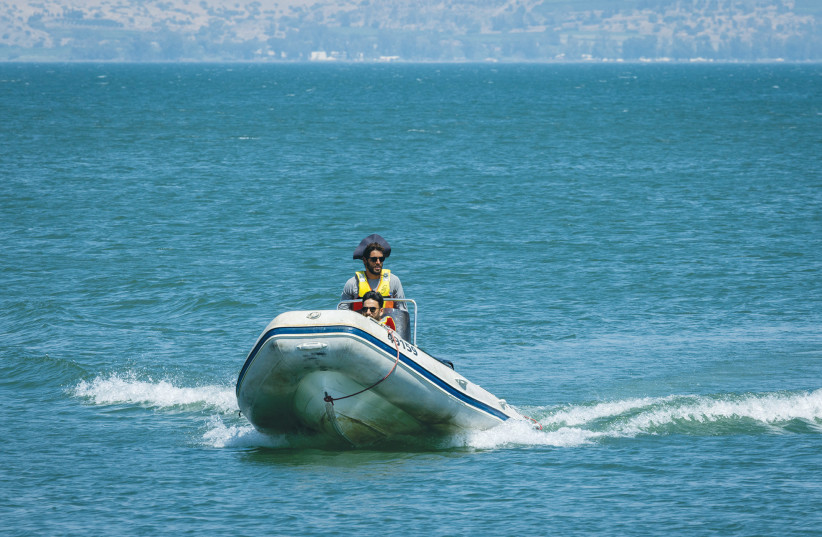‘Summertime” as masterful songwriter George Gershwin tells us in the aria he composed for his opera Porgy and Bess “and the livin’ is easy.” That song – which has been recorded over 25,000 times, and sung by such greats as Louis Armstrong, Ella Fitzgerald and Janis Joplin, was written in the 1930s.
In truth, for many years, summertime was just like any other time, just hotter and more humid. The concept of summer vacation, of a time off from school, of lazy days or days spent in camps or camping in the woods, was not always a given.
Summer vacations came into vogue in the United States with the rise of affluence and the emergence of a large middle class. Summer vacations were not instituted, as lore has it, because parents needed their school-age children to pitch in and do work on the farms.
That myth, when analyzed, makes no sense at all. If there was a time when more help was needed on the farm it was during the planting season – which is springtime, or during harvesting season – which is in the fall. Not at all during the steamy months of summer.
In fact, summer vacations from school began in urban, not agrarian, communities. And like many things, when summer school vacations became de rigueur in the United States, Europe and the rest of the world soon followed suit. Summer vacations became the model world over.

Once upon a time, not so long ago, school was an all-year-round event. But in big, concrete cities like New York, the summers were extremely hot. Families with money escaped to the mountains where it was cooler, much as they do today. In those days, school was not compulsory. But when parents took their kids out of school to escape to more comfortable and cooler areas, the school system, by default, began to break down.
The origin of summer vacation
IT WAS a double whammy. Fewer students in classrooms led to less effective schooling. And stifling hot classrooms led to lessened concentration – what we call in Yiddish “zitzfleish” or the ability to sit still and pay attention. And so, schools ceased teaching during the summer.
Air conditioning – which we all agree is one of the best inventions of all time – was not invented until 1902. In fact, I argue that the compressor is one of the most important of all inventions in the modern world. The same compressor used in refrigerators and freezers is used in air conditioning. That one technology has saved countless lives.
By necessity, along with summer vacations came the need to overhaul school systems around the US, where education is supervised and overseen not on the federal level, but state by state. Suddenly, compulsory attendance in schools, as well as a minimum daily requirement for the school year began popping up.
Public schools were established 100 years before the US declared its independence. The first public school was Boys Latin, in Boston, which opened its doors on April 15, 1625. Between 1852 and 1918, all 50 US states passed laws requiring mandatory attendance in school. The state of Massachusetts was first and Mississippi was last. In 1842, for example, New York required 248 days of school. Today, almost all states require 180 days of school.
Nowadays, there is a formula – not for the last day of the school year, but for the first day. Barring teacher strikes, in Israel, like in many European countries, school begins on September 1. In the US, most schools begin after Labor Day – usually, the first week of September. The yeshiva world had its own variation on the theme. Their summer break is shorter than most. It follows in accordance with the Jewish calendar and begins with the 9th of Av and runs until Rosh Hodesh Elul: Three weeks – that’s it.
When yeshiva resumes in Elul, “Elul Zman” as it is called, learning is less formal than it is during the rest of the year. Elul is a transitional month. During this period in yeshiva, students seek out appropriate study partners and learn about the High Holidays or other items of special interest. Real learning begins after Sukkot, when distractions are fewer and study is more intense.
This year, the school calendar and the Jewish calendar are in sync. There is enough time between the start of school and the first break of the year, the High Holiday break, for real learning to get under way.
Traditionally, Elul is the time for each and every one of us to take stock in our activities, to evaluate the past and to prepare for the High Holidays, Rosh Hashanah and Yom Kippur. It is a time to engage in self-critique and introspection. To examine our lives, our family life and the life of our communities. And that time is upon us.
The writer is a columnist, and a social and political commentator. Watch his new TV show Thinking Out Loud on JBS.
